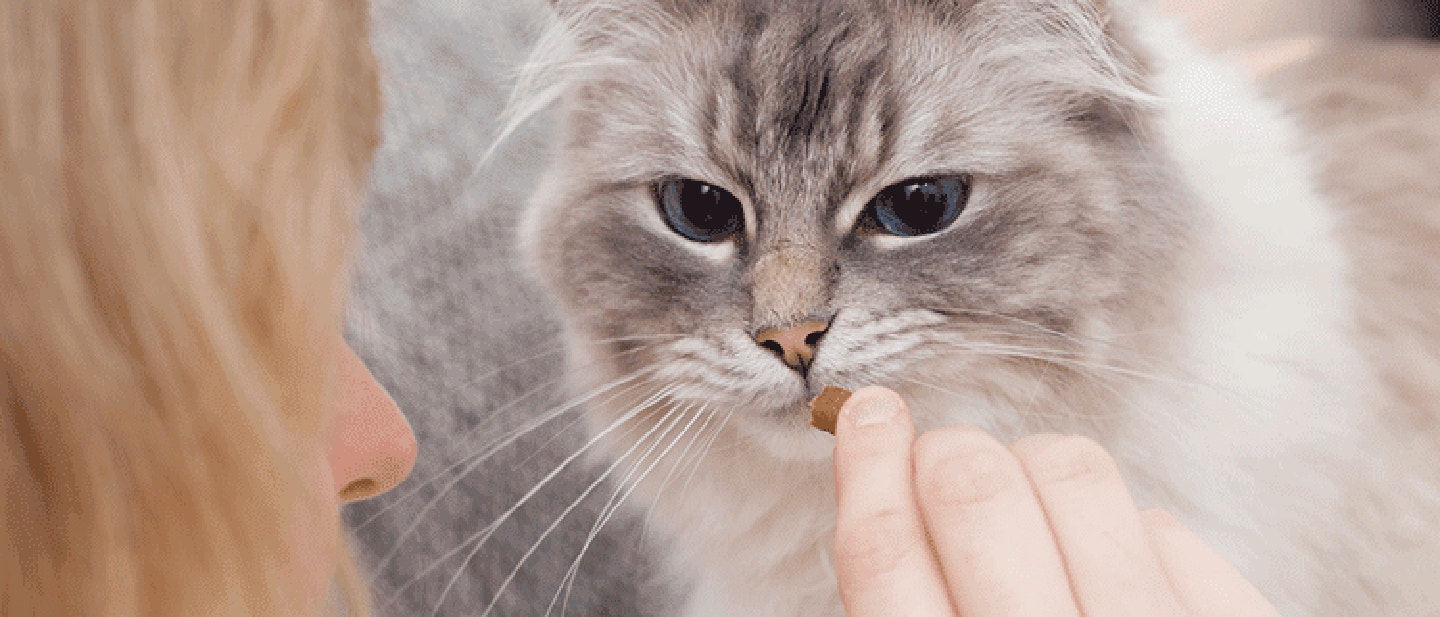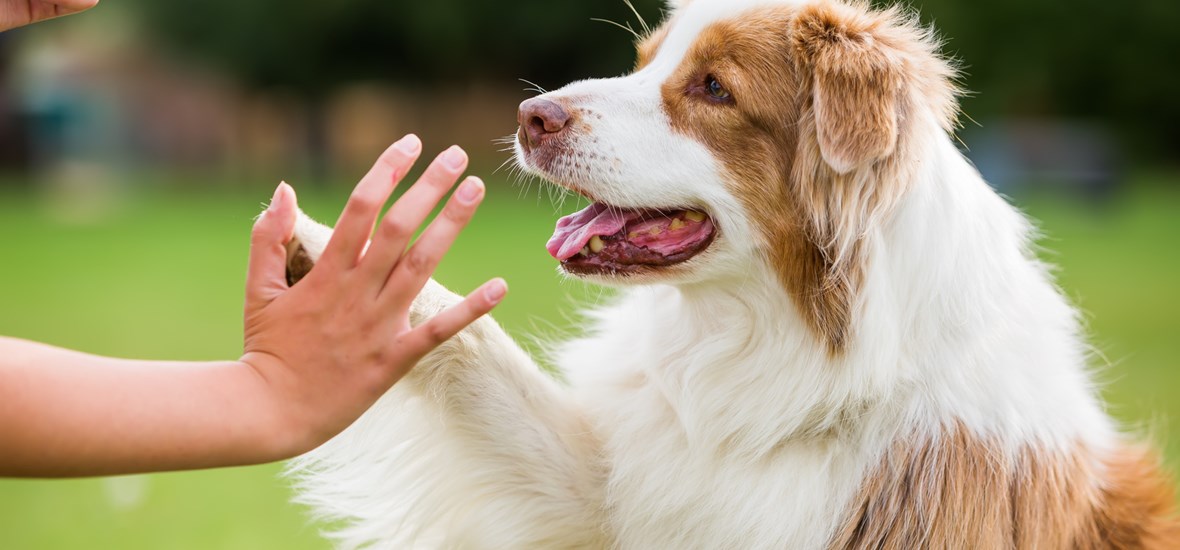
POSITIVE LEARNING: DEEPENING THE BOND WITH YOUR PET
The depth and strength of the bonds we form with pets can be a life-changing experience. The search for these deep bonds is the primary reason we invite them into our lives.
These bonds continue to develop throughout the life we share with our pets and can lead to many wonderful benefits.
Most pet owners are so close to their pet that they consider them as “a member of the family”. And apart from the emotional connection, the presence of a dog has been shown to improve children’s behaviour and help them perform some physical tasks more accurately1.
So, is there a way to further deepen your bond with your pet?
UNDERSTANDING YOUR PET
The more you understand your pet - their psychology and physiology - the better placed you will be to relate to them and to interact with them in positive ways.
THE IMPORTANCE OF YOUR PET’S THREE BRAINS
Firstly, it’s important to understand the make-up of your pet’s brain. Like all mammals (including us), your dog or cat has three parts to their brain: the neo-cortex, the limbic system and the reptilian brain.
The neo-cortex part of a mammal’s brain is responsible for ‘higher-order’ thinking, like problem solving, spatial reasoning and conscious thought.
The limbic system is responsible for things like emotions, motivation, learning and memories.
The reptilian brain (brainstem) is the primitive and instinctive part of a mammal’s brain. It is primarily responsible for survival instincts like the “fight or flight” response.
Our neo-cortex is highly developed. If we are presented with a stressful or scary situation, most of us will still have the ability to analyse the situation and react in a reasoned, thought-out way.
In animals like cats and dogs however, their neo-cortex is much, much smaller. If they are placed in a stressful situation they are most certainly more likely to react directly from their reptilian brain - the “fight or flight” response.

POSITIVE STEPS TOWARD LEARNING
It’s important for us to understand when dealing with our pets that if they are in a stressful or scary situation (and therefore operating from the reptilian part of their brain), they cease to have access to their neo-cortex or limbic systems.
This means, in that state, they do not have access to “conscious” thought, and, crucially, they are unable to learn anything. At that point, they are only concerned with survival.
So, if we punish or scold a pet for unwanted behaviour in an aggressive or violent way - a stressful situation for a pet -we cease to be able to connect with them, and they have no way of retaining the knowledge we may be trying to impart.
However, if we approach our pet in a positive, calm, loving manner and they feel relaxed and at peace, they are much more likely to be able to access their neo-cortex and limbic system, and they are then able to connect with us and learn new information.
This approach enables owners and pets to move from the traditional “reward and punishment” form of education, to something that is built more on mutual understanding, collaboration, balanced co-habitation and, most importantly, love.
BENEFITS OF POSITIVE COMMUNICATION FOR OWNERS AND PETS
The benefits of this approach to learning and discipline extend to both owners and their pets.
With this positive, compassionate approach from their owners, pets feel more loved and supported. They learn quicker and retain information better. They understand what is expected of them. They feel understood and valued as part of the family dynamic. They often become more confident, curious and open to change. They move from closed to open, from disconnected to connected, from lack of confidence to confidence, from fear to joy.
For owners, the benefits are perhaps even greater. They are much more likely to see the desired behaviour from the pet, but more than that, it is a much more natural and relaxed state to be in. The owner can focus on their compassion and understanding of their pet. They are free to show love and affection. They can stay in the present and enjoy their connection with their pet. A connection that, with continued care and positivity, can only deepen further.
When we consider of the effects of a truly deep bond with our pet, we start to see that the benefits of this strong connection are potentially much greater than just a relationship between a human and an animal.
- 38. Gee, N.R. et al (2007). The role of therapy dogs in speed and accuracy to complete motor skills tasks for preschool children. Anthrozoos, 20(4), 375-386.
- 38. Gee, N.R. et al (2007). The role of therapy dogs in speed and accuracy to complete motor skills tasks for preschool children. Anthrozoos, 20(4), 375-386.
- 39. Gee, N.R. (2011). Animals in the classroom. In P. McCardle, S. McCune, J. A. Griffin, L. Esposito & L. S. Freund (Eds.), Animals in Our Lives: Human-Animal Interaction in Family, Community, & Therapeutic Settings (pp. 117-137). Baltimore, MD: Paul H. Brookes Publishing Company.
- 40. Kotrschal, K., & Ortbauer, B. (2003). Behavioral effects of the presence of a dog in a classroom. Anthrozoos, 16(2), 147-159.
